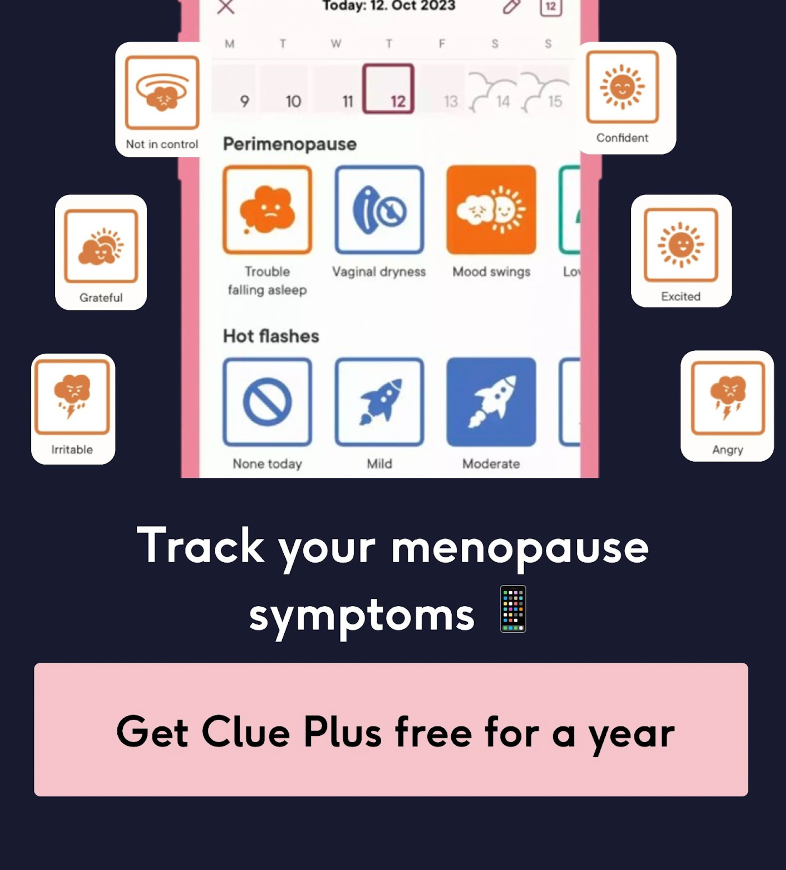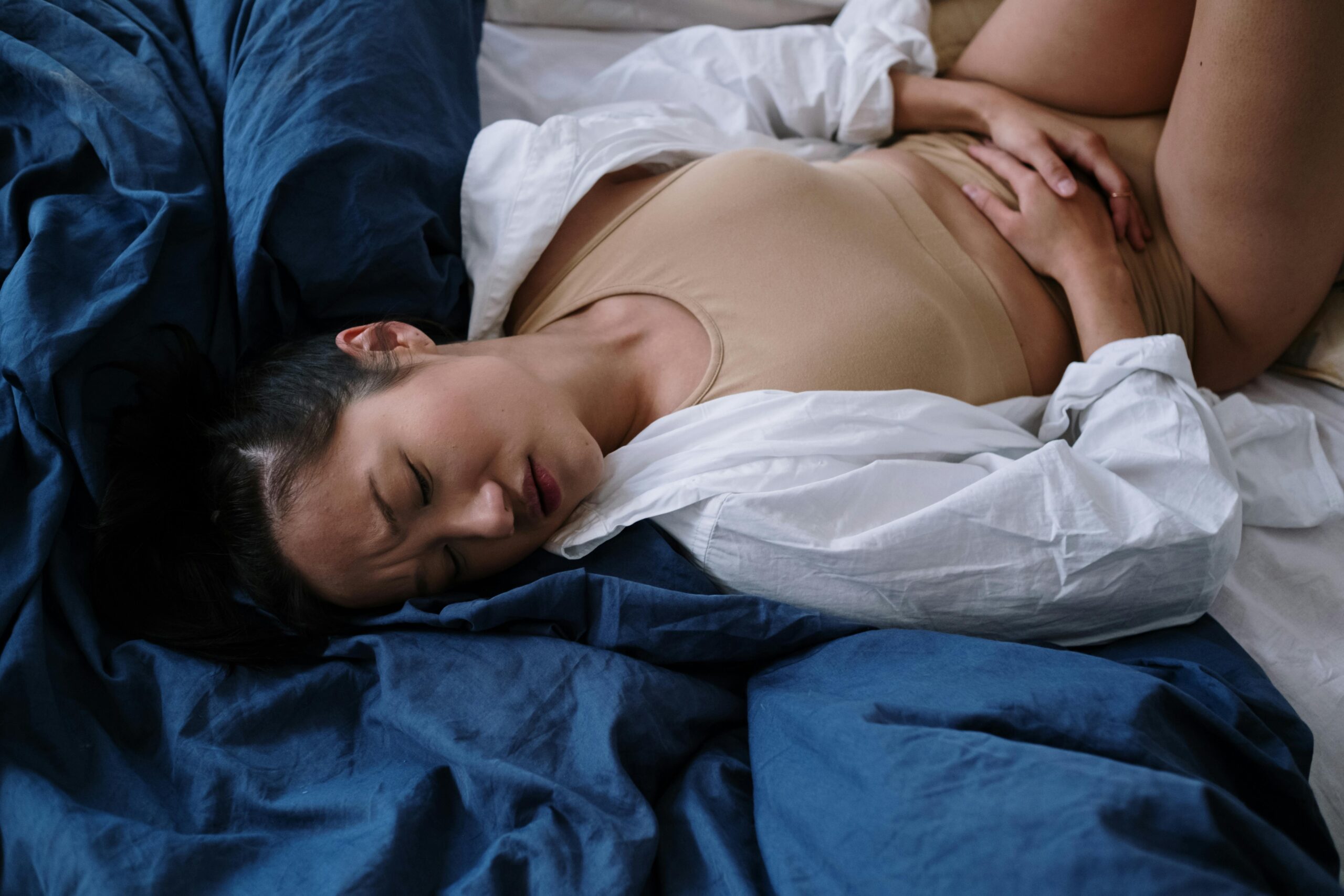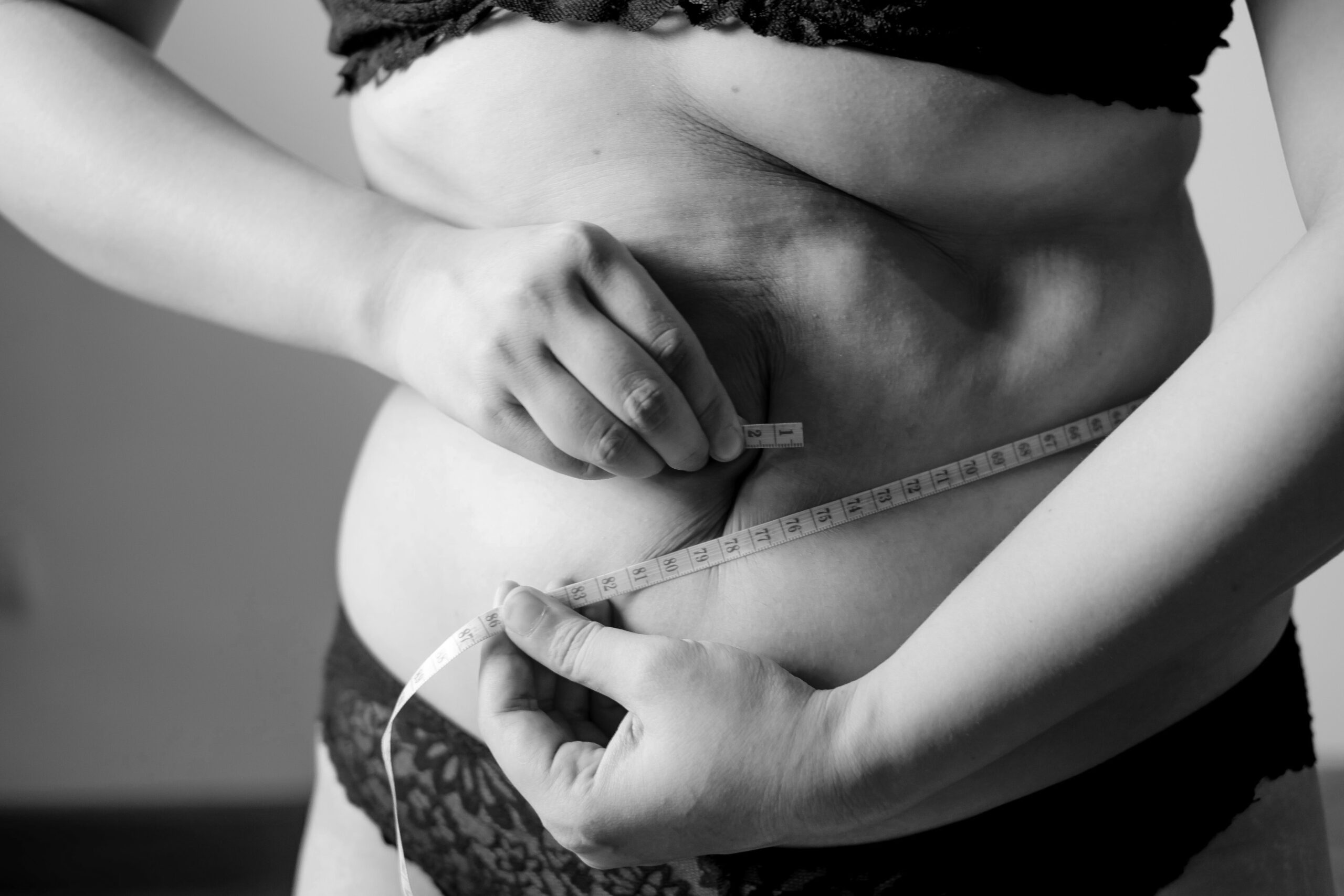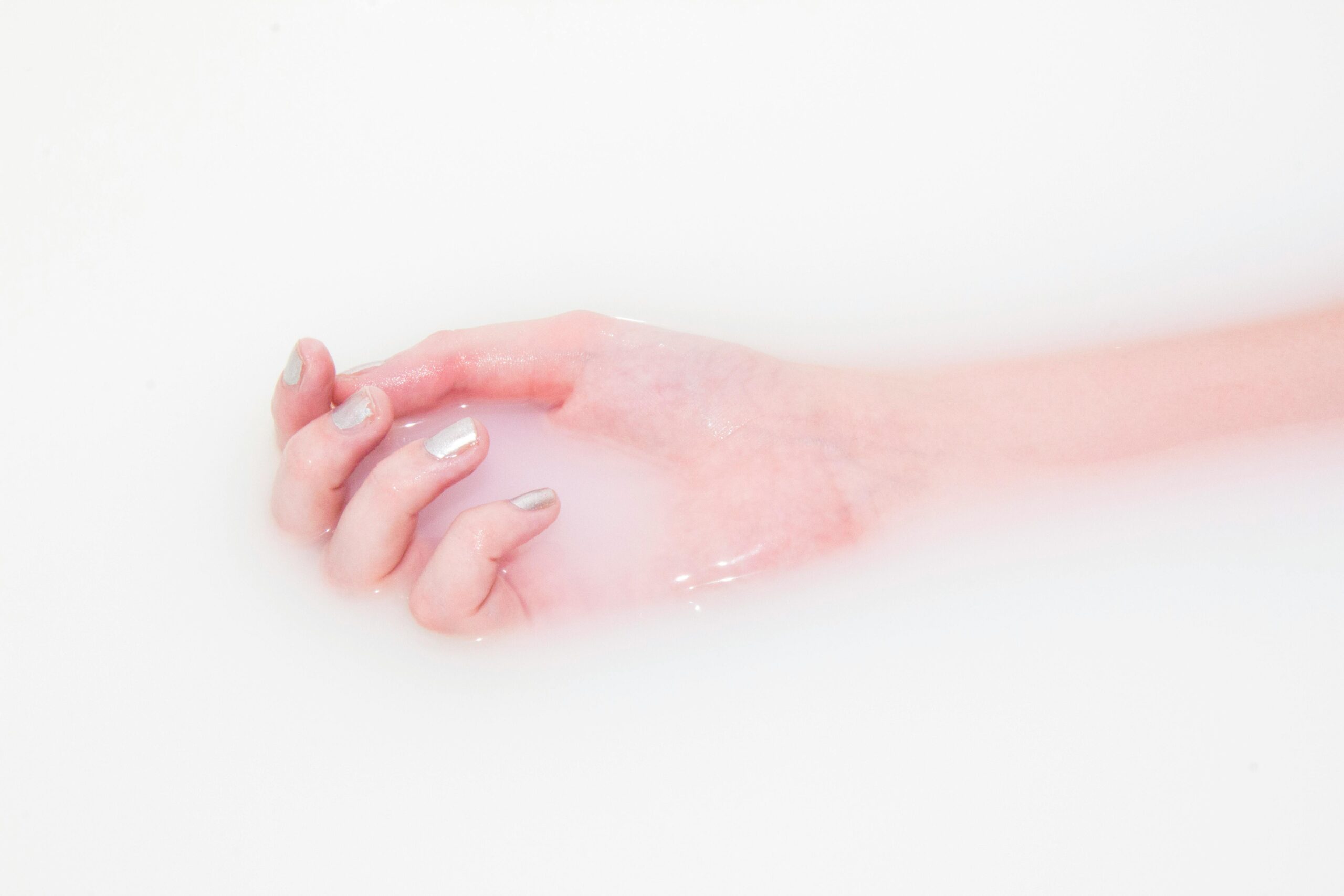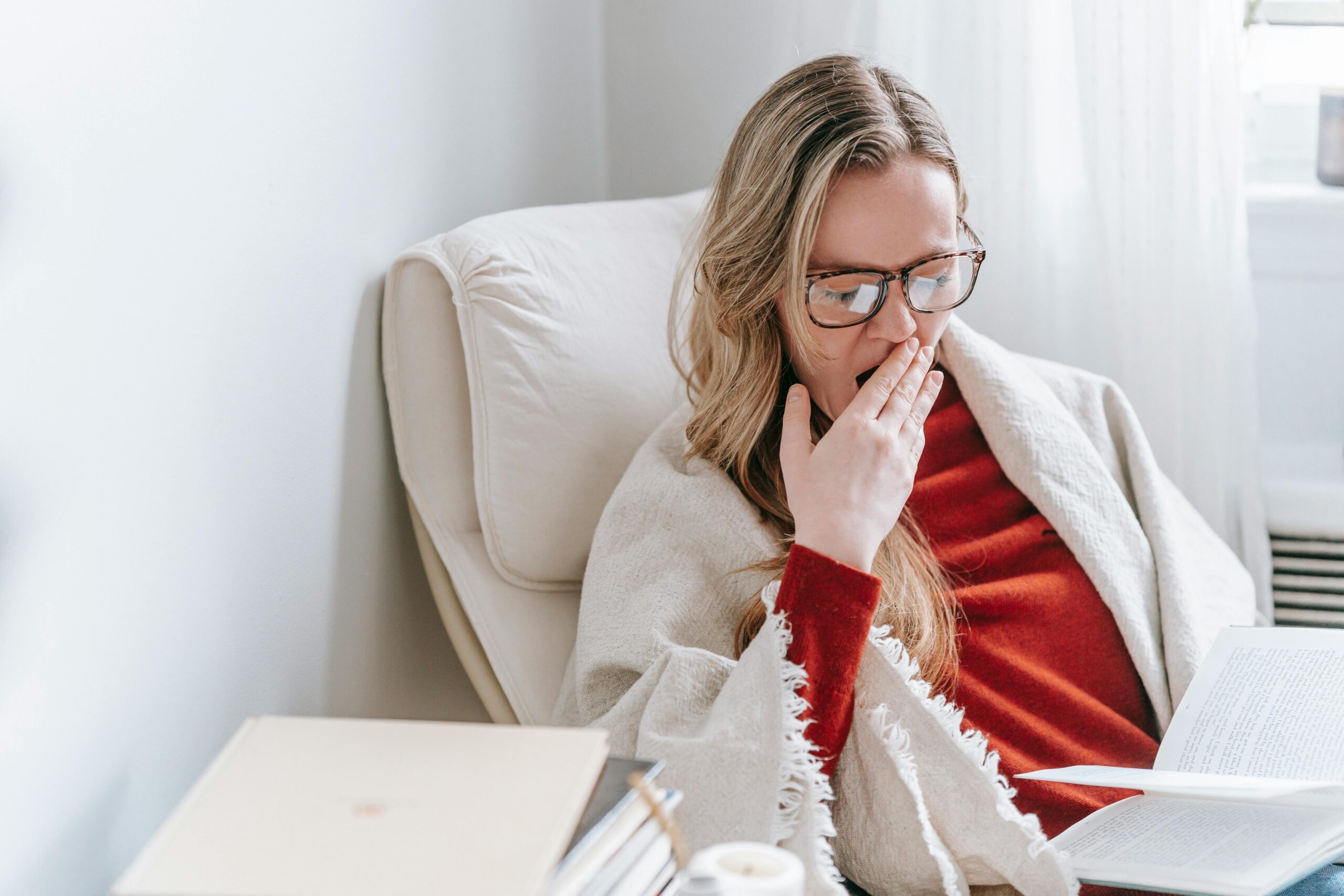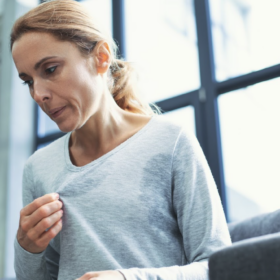
When does perimenopause start?
Disclaimer: This article is sponsored by Clue, but just like all of our other content, this is a completely honest breakdown. See our Content Policy for more details.
In this article
What's the lowdown?
Every person will start their perimenopause at a different age
The actual ‘start’ of perimenopause is hard to identify, as the perimenopause is a mixture of symptoms which can come on gradually over a period or months or years
There is not a single symptom which tells you “yes, you’ve started perimenopause”
Perimenopause lasts until 1 year after your periods naturally stop, at this point you pass through menopause and enter your postmenopausal phase of life.
Get 12 months of Clue Plus for free and track your symptoms using Clue’s ’perimenopause mode’
What is perimenopause?
The perimenopause is the time leading up to your last period. It’s when your hormones (oestrogen and progesterone in particular) are fluctuating because your ovaries have fewer eggs and the hormones are having to work harder to make your ovaries release an egg each month. As a result, many women get hormonal symptoms during this time. The changes in estrogen cause the majority of symptoms. This graph shows how oestrogen levels change throughout perimenopause and as you move into menopause.
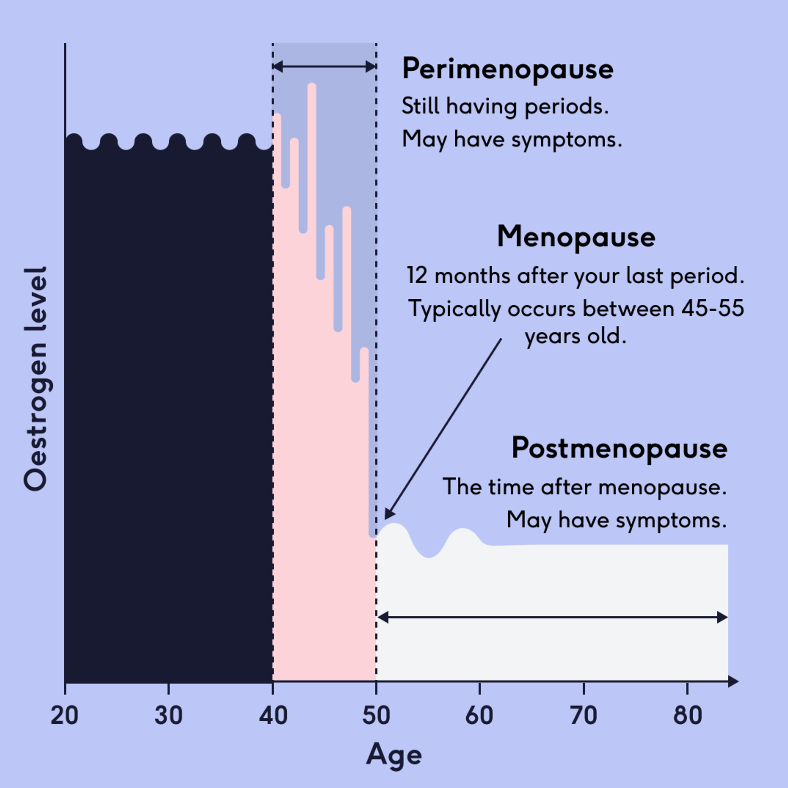
How do I know when I’ve started perimenopause?
Perimenopause is a cluster of different symptoms, unique to the person. There is not one single symptom women get which tells you ‘yep, your perimenopause has started’. Perimenopause is much more complicated than that. Most cells in your body have oestrogen receptors. When your oestrogen levels change during perimenopause, this means that many different parts of your physical body and your mental wellbeing can change.
Keeping an eye out for these symptoms is the best way to notice them. We recommend tracking your cycle and daily symptoms so you’re aware of new patterns and changes as they emerge. One of the early symptoms of perimenopause is changes to your cycle and periods. Menstrual cycle tracking apps may tell you that your period is late or early. Clue Perimenopause is a dedicated mode offered by the Clue app that takes perimenopausal changes to your cycle into account. The app also allows you to track and record perimenopausal symptoms daily to get an idea of what’s happening and can give you the confidence to recognise patterns, changes and triggers, for more empowered conversations with your healthcare provider.
What are the symptoms of perimenopause?
There are actually over 34 recognised symptoms of menopause, and many people think there is even more than this. The 34 that most people recognise are:
- Hot flushes
- Night sweats
- Anxiety
- Brain fog
- Period changes
- Heart palpitations or your heart beating suddenly and quickly
- Mood swings
- Depression or low mood
- Anxiety
- Tearfulness
- Brain fog or memory changes
- Irritability or being short tempered
- Panic attacks
- Weight gain
- Lack of confidence
- Low motivation
- Changes to your digestion
- Vaginal dryness
- Itchy skin
- Low libido
- Painful sex
- Burning or tingling sensations on the skin
- Joint pain
- Thinning hair
- Difficulty concentrating
- Feeling tired all the time
- Sleep issues
- Dry eyes
- Bladder issues or urinary incontinence
- Recurrent UTIs
- Thinning nails
- Body odour changes
- Changes to taste and smell
- Feeling tired all the time
Many of these symptoms can be tracked with Clue Perimenopause (the dedicated mode in the Clue app), and it’s great to have a record of them if you need to discuss your symptoms with a GP.
When will I start going through menopause?
The majority of women will experience perimenopause symptoms in their 40s and 50s.
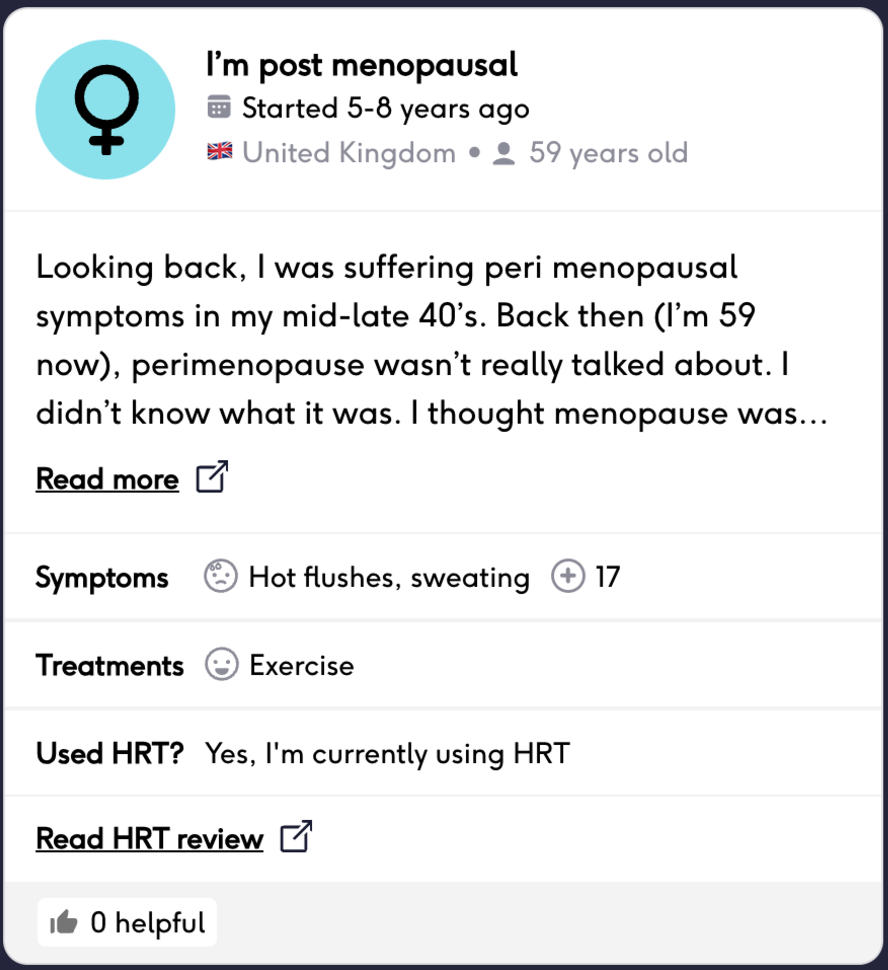
About 85% of women will experience some kind of symptom during perimenopause1, and for the majority of us the perimenopause happens in our 40s or 50s. In the UK and the US, the average age of menopause is 51. As people can experience symptoms for up to12 years before their periods stop – many women will have symptoms in their late 30s and 40s.
Around 5% of women get something called an early menopause – when your periods stop naturally between the ages of 40 and 452. These women may well get perimenopause symptoms in their late 30s. 1% of women will experience menopause under the age of 40, and this is called Premature Ovarian Insufficiency (POI)3. This can happen to women at any age, including teenagers.
For these women, they will likely experience menopausal symptoms until they get a diagnosis and onto the correct treatment. Women with POI will be recommended to take hormone replacement therapy (HRT) to protect their bone and heart health. Having enough oestrogen whilst we’re under 40 is important for our overall health and wellbeing, women with POI have naturally much lower levels so they need this to be topped up with HRT.
It’s useful to be aware of perimenopause at all times because it can start at any age
Perimenopause is not a simple condition to diagnose. It’s made up of a wide range of symptoms, and it can start at any age – so we need women to be aware of the symptoms.
The majority of women will get perimenopause symptoms in their 40s and early 50s. However, many only really start to recognise symptoms as perimenopausal after their periods stop. By looking back once you’ve been through the menopause, you can often see that you were having symptoms years before your periods stopped.
This is why an awareness of changes to your body is so important. Tracking your periods throughout your 20s and 30s is an excellent way to build your own cycle health record to really understand your cycle and symptoms – making it easier to pick up changes. And despite your periods changing, tracking symptoms throughout perimenopause can help you understand what and when makes them worse. Clue Plus allows you to switch seamlessly between Clue Period Tracking and Clue Perimenopause when you think you may be entering the peri phase.
Don’t suffer in silence with symptoms. Seek help if you need it. We’re here to support you at the Lowdown with finding the information you need about different treatments and solutions for your symptoms. Learn from other women how they’ve navigated their perimenopause and if you need more support, speak to an expert.
Our medical review process
This article has been medically reviewed for factual and up to date information by a Lowdown doctor.


